Counter Receptical
philby_inc
13 years ago
Related Stories
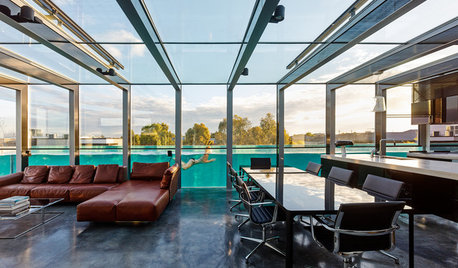
MATERIALSPro Panel: ‘The Material I Love to Work With Most’
7 experts weigh in on their favorite materials for walls, flooring, siding and counters
Full Story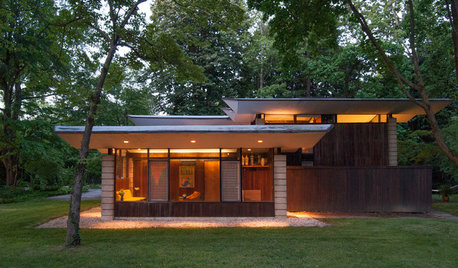
HOUZZ TOURSMy Houzz: A Paean to the 1950s and '60s in Pennsylvania
With vintage furniture, a sunken den and pristine original details, this home is a true homage to midcentury style
Full Story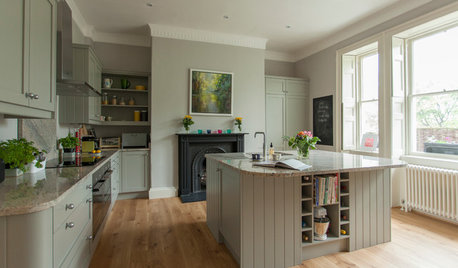
KITCHEN DESIGNSoft Hues Create a Calm Mood in a Historic Kitchen
Mellow colors, curved edges and quality materials help this kitchen in a Georgian townhouse feel relaxed while functioning beautifully
Full Story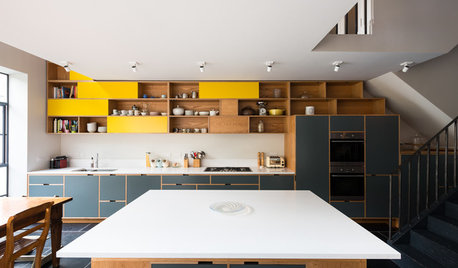
ADDITIONSKitchen of the Week: Cabinets Make a Bold Statement
This one-of-a-kind kitchen in a Victorian house is a testament to what can be achieved with a little bravery
Full Story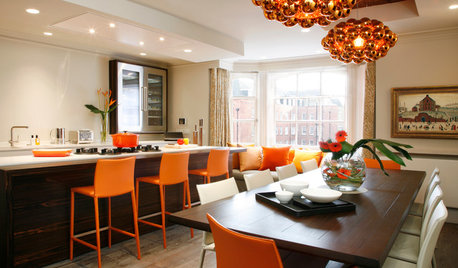
CONTEMPORARY HOMESHouzz Tour: Contemporary Glamour in a Historic London Flat
An elegant Kensington apartment is updated to make it a vibrant home for a creative family
Full Story
WEDDINGSSeattle Couple Restyles Their Home for a Wedding
Duo behind Reinspired Home invest in their house rather than a rented wedding venue
Full Story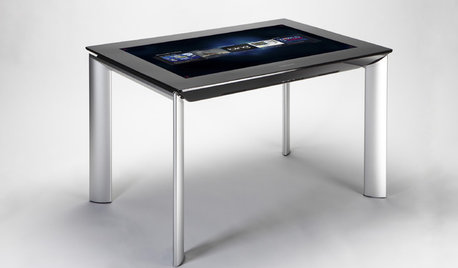
MOST POPULARGet Ready for the Smart Coffee Table
Intelligent tables with touch screens are reaching the consumer market, with all the power of personal computers and more
Full Story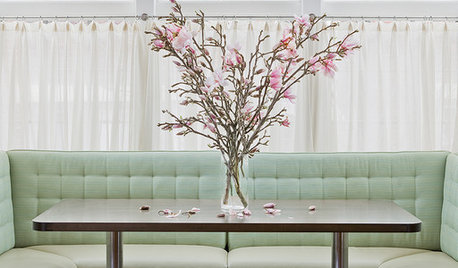
KITCHEN DESIGNPaging All Foodies: Your Banquette Is Ready
Please follow us to these 7 gorgeous dining nooks designed for everything from haute cuisine to s'mores
Full Story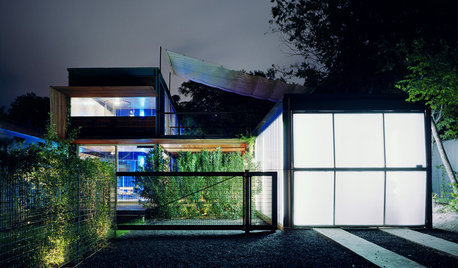
REMODELING GUIDESRegional Modern: Austin, Texas
Contemporary and modern Austin homes reflect the area's climate and eclectic style
Full Story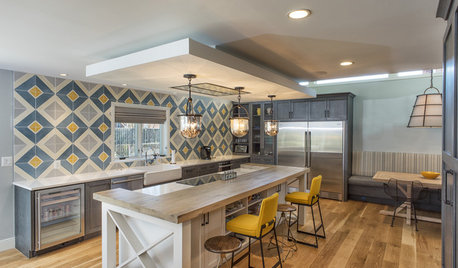
KITCHEN DESIGNKitchen of the Week: Tile Sets the Tone in a Modern Farmhouse Kitchen
A boldly graphic wall and soft blue cabinets create a colorful focal point in this spacious new Washington, D.C.-area kitchen
Full StoryMore Discussions








petey_racer
petey_racer
Related Professionals
Ashland Electricians · Berkeley General Contractors · Binghamton General Contractors · Florham Park General Contractors · Great Falls General Contractors · Rancho Cordova General Contractors · Seabrook General Contractors · Shaker Heights General Contractors · Santa Maria Solar Energy Systems · Voorhees Solar Energy Systems · West Hartford Solar Energy Systems · Fairfield Home Automation & Home Media · Kansas City Home Automation & Home Media · San Marino Home Automation & Home Media · Tampa Home Automation & Home Mediabrickeyee
Ron Natalie
brickeyee
philby_incOriginal Author
spencer_electrician
philby_incOriginal Author
DavidR
petey_racer
DavidR
brickeyee
joed